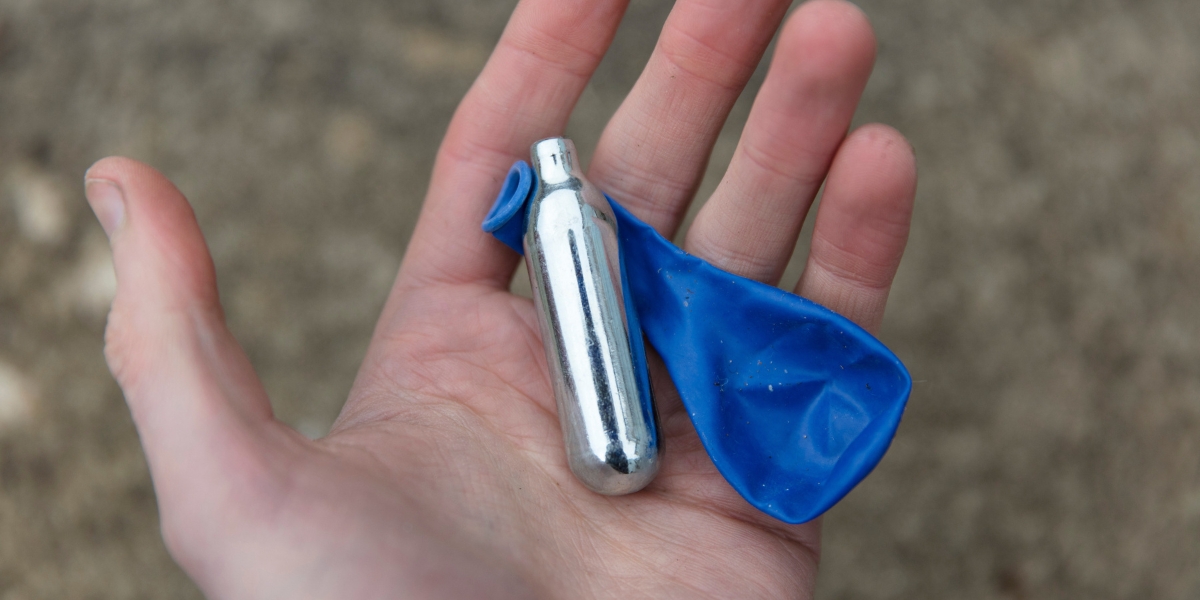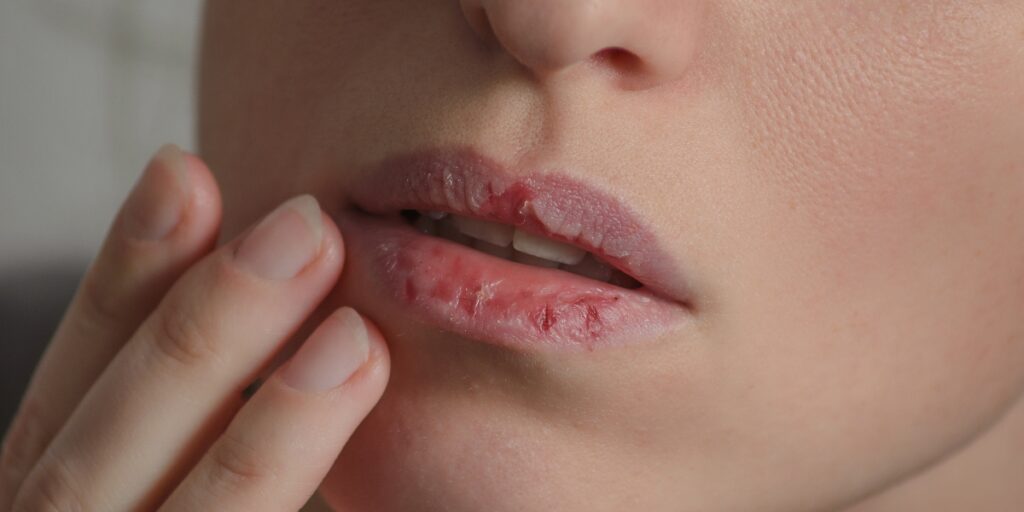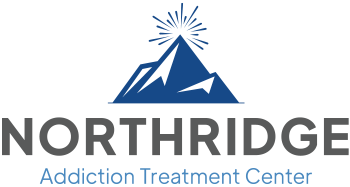What Are Whippets?

Whippets refer to the recreational use of nitrous oxide gas, the same gas used by doctors, especially dentists, but with different doses and various potential health risks.
In medical situations, nitrous oxide is added to oxygen to ensure patient safety and is often called “laughing gas.” In some cases, car enthusiasts can use nitrous oxide to improve the efficiency of their engines.
But with its availability through grocery stores, motorway shops, and online retailers, nitrous oxide gas has gained popularity as a recreational drug in the United States. The cost of whippets can be as low as the price of a bottle of whipped cream at the local store.
Inhalation abuse, in general, is on the rise as a phenomenon in which users seek a “legal high” from products sold for other uses that are not yet illegal.
What Are Whippets?
Whippet is a common term for inhaling nitrous oxide gas, which can produce an alcohol-like high and euphoria. Various alternative spellings and slang terms have been used to describe nitrous oxide as an inhalant, including:
- Whippits
- Whip-its
- Hippy Crack
- Laughing gas
- Balloons
- Nitro
- Nos
- Noz
- N2O
Typically, a person inhales nitrous oxide by exhaling air from a whipped cream dispenser or whipped cream charger directly into a balloon and then breathing it in. Inhaling nitrous oxide directly from a whipped cream canister can cause injury, such as frostbite. However, when the gas is pumped into the balloons, it gets warmer and easier to inhale.
What Is Huffing?
Huffing is a term used as slang to describe inhaling nitrous oxide or any chemical substance from various items such as canisters, balloons, paper, plastic bags, or rags.
What Do Whippets Do?
Inhaling nitrous oxide depletes oxygen in the lungs and brain. This immediately creates excitement and a dissociative feeling that lasts several minutes. The lack of oxygen impairs brain function and slows down the central nervous system, leading to intoxication.
It’s essential to understand the difference between whippets and other drugs. The whippet high is not caused by chemical interactions with specific substances in the brain and body but primarily by hypoxia, a state in which your body tissues don’t have sufficient oxygen. Abusing nitrous oxide is very dangerous and can have short- and long-term effects.
Whippets Side Effects
The side effects of using whippets are immediate and can persist even after the pleasurable effects have faded. People who abuse nitrous oxide to achieve a high often fail to regulate the amount they inhale and may take frequent hits to maintain or recreate the initial sensations. It’s important to note that the more one inhales, the more pronounced the side effects can become.
The short-term side effects of whippets include:
- Dizziness
- Paranoia
- Coughing
- Lightheadedness
- Uncontrollable laughter or giggling
- Nausea
- Momentary loss of consciousness or blacking out
- Vomiting
- Loss of coordination
- Memory loss
- Shortness of breath
- Rapid breathing
- Increased heart rate
- Chest pain
- Hypoxemia or low oxygen content in the blood
- Decreased motor function
- Hallucinations
- Freezing sensations on the tongue, cheeks, and throat
- Numbness or tingling
- Headache
- Slurred speech
- Drooling
- Facial numbness
It is essential to highlight that inhaling nitrous oxide from whipped cream canisters or balloons fundamentally differs from receiving it in controlled conditions from medical professionals. Engaging in substance abuse, regardless of the substance, is never safe.

What Do Whippets Do Long-Term?
The long-term consequences of whippet abuse can be severe, with a single occurrence potentially resulting in permanent brain damage and death. Repeated misuse of nitrous oxide further amplifies the risk of enduring health issues.
Whippets cause oxygen deprivation in the brain, rapidly triggering seizures and coma, which can be lethal. Additionally, they interfere with the body’s ability to absorb vitamin B12, leading to brain and organ damage.
The prolonged abuse of whippets can have a range of long-term effects, including:
- Muscle weakness
- Chronic migraines
- Brain damage
- Hearing loss
- Liver damage
- Kidney damage
- Scarring of the esophagus and lungs
- Damage to bone marrow
- Memory loss
- Twitching of limbs and muscles
- Developmental disabilities
- Damage to the spinal column
- Full or partial paralysis
- Anemia
- Vision loss
- Miscarriage (in pregnant women)
- Nerve damage
- Stroke
- Heart attack
- Seizures
- Coma
- Death
The brain damage caused by oxygen and vitamin B12 deprivation is comparable to a condition known as Wernicke-Korsakoff Syndrome, often referred to as “wet brain,” which is observed in individuals who engage in binge drinking or have severe alcohol use disorders. This damage is typically irreversible and can progress to the point where lifelong caregivers are required.
Signs of Whippet Abuse
Identifying whippet abuse can be challenging unless one witnesses the act or observes the person while they are still under the influence. However, as with any substance abuse and its associated behaviors, the signs become more apparent as the abuse continues.
Signs of whippet abuse and addiction may include:
- Heightened sensitivity to light and sound
- Lethargy
- Mood swings
- Secretiveness and defensiveness
- Deflated balloons in their personal space
- Discarded empty whipped cream canisters
- Discovery of other inhalants such as spray paint, glue, or cooking sprays in their room or car
- Shortened attention span
- Blisters and redness on the lips, face, or hands
- Notable changes in the sound of their voice
- Excessive sweating
- Unexplained coughing and throat clearing
It is important to know that nitrous oxide addiction primarily involves mental and behavioral aspects rather than physical dependency. Therefore, the initial signs of addiction usually manifest in these areas.
Whippets are particularly popular among young adults, and it is common for people to dismiss apparent signs of substance abuse as typical youthful moodiness or hormonal changes. However, this kind of thinking can be dangerous.
When significant changes are observed in a friend or family member, it is always better to be cautious rather than careless. Sometimes, seeking professional help or organizing an intervention can be crucial and potentially lifesaving.

Nitrous Oxide Addiction Treatment in Northridge California
Effective nitrous oxide addiction treatment requires an integrated approach based on scientific evidence, focused on understanding and addressing the underlying causes of addiction and its long-term effects.
Northridge Addiction Treatment Center offers evidence-based addiction treatment in a calm, supportive, and compassionate environment. We aim to help you overcome addiction, facilitate treatment, and live a fulfilling life in recovery.
Our comprehensive treatment programs and therapeutic interventions are designed to provide you with the tools and coping skills necessary for a life free from addiction. We aim to instill confidence, knowledge, and resilience to rely on a solid foundation for the recovery journey.
If you or a loved one seek help, we encourage you to contact our compassionate addiction specialists today. They are dedicated to supporting you as you embark on a journey toward a new life based on recovery.
Reach out now.
Find Meaningful Recovery
Our caring and compassionate specialists are eager to help you comfortably navigate this journey to recovery. Our individualized treatment plan, programs, and therapies may be a perfect match for you or your loved one. Let us assist you in living the happy life you deserve. It starts with a phone call.




